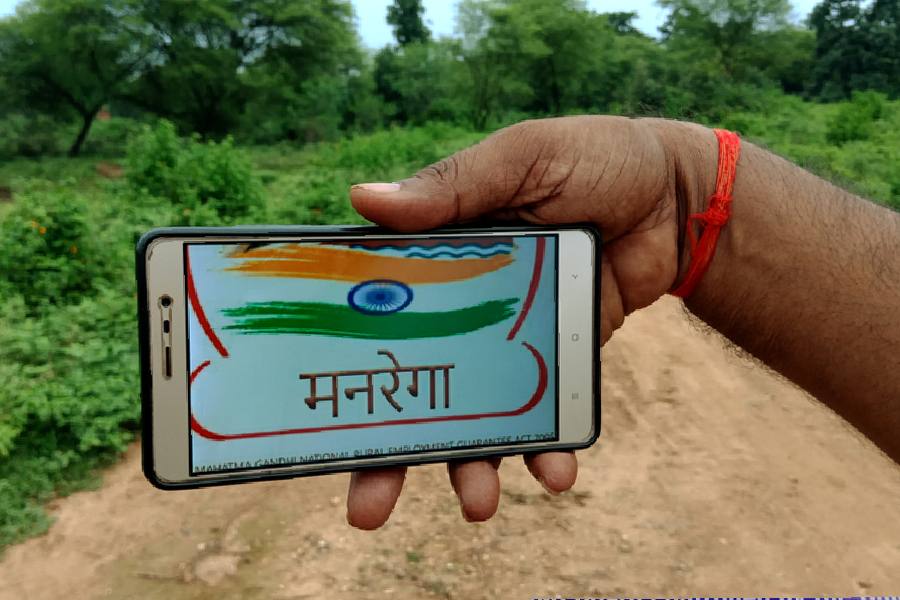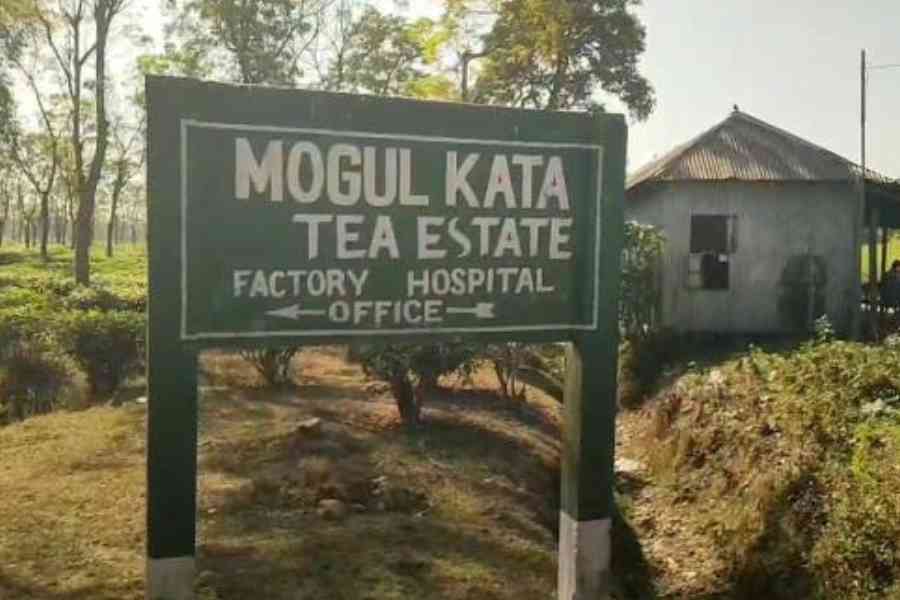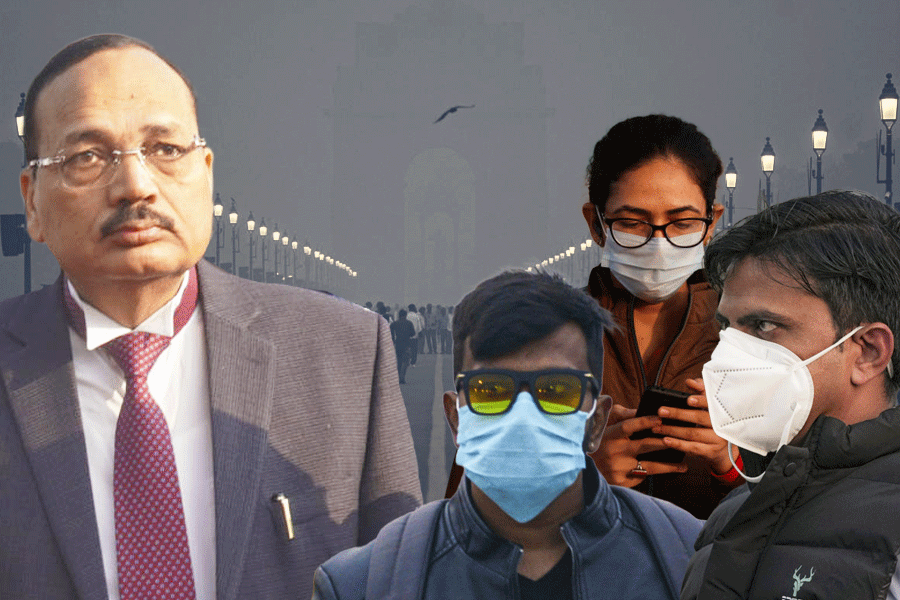.jpg)
Rome is a live theatre. Whistling Lotharios pass me by, chic women kick off their heels at sidewalk cafés, the carabinieri dip into pots of gelato, Rastafarians ply their trade of rainbow coloured beads and men spray-paint canvases on streets. And don’t overlook the old man with the accordion at a street corner or the young boy crooning the same song over and over again to the strumming of his guitar.
Modern day Romans set the tone for Roma, as the Italians lovingly call their city.
Just as effortlessly, ancient Rome is woven in. The Colosseum, the Roman Forum and the Pantheon ratchet up the quotient of a rich past. The ruins almost bring to life the pagan past when haughty Roman emperors stomped around and bloodthirsty crowds cheered and jeered at gladiatorial combats inspired by the Etruscans who ruled ancient Rome. The initials SPQR — standing for the Latin words Senatus Populusque Romanus, or The Roman Senate and People — were carved into historic walls, referring to a chaotic time when the Roman Republic came into existence — after the rape of a woman called Lucretia.
.jpg)
Alleys in the historic districts exude atmos-phere though it’s difficult to picture Rome as a crowded city, dirty, smelly and filled with beggars and slaves. This was the city in which Julius Caesar forbade the use of carts during the day.
On a bus heading to the picture-perfect southern coastline of Italy, I met a Hollywood film distributor heading to meet her girlfriends for a hiking holiday. When I mentioned Rome, she went into raptures about the city. And on that first night in Rome, when we were passing by ancient gates and monuments bathed in the golden glow of the street lights, her words came back to me.
The historic centre is crowned by the smallest city-state in the world and the bedrock of the Catholic faith. The Vatican was a step back for me into the world that I had a glimpse of through the historical-fiction drama show, The Borgias, many moons ago. Meanwhile, The Last Judgment by Michelangelo and the Renaissance frescos by Botticelli, Pinturicchio and Ghirlandaio at the Sistine Chapel sent me into a trance. Not even the guards in the chapel with their injunctions of “no photography” and repeated shushes could ruin that moment.
.jpg)
Of course, the papal residence and St Peter’s Basilica were dressed to impress. But the papal Swiss guards in their doublets and breeches, flat white collars and black berets were straight out of the sets of a costume drama. Yet they were as real as the Honour Guard who stood within the Pantheon in capacious robes and berets as part of an institution that has been keeping watch for 130-odd years over the tombs of the Savoy Kings who ruled Italy. The Savoy family was once exiled for supporting Fascist Mussolini and not only falling in line with his anti-Semitic laws, but also fleeing German-occupied Rome.
Now, the Rome that you see in the films and its iconic edifices, the Spanish Steps and the Trevi Fountain, are thronged by crowds. In the blistering summers when it’s inevitable that one should get baked slowly but surely, an escape route is of essence. During the sultry midday hours, we took refuge in Rome’s leafy atmospheric quarters.

One noon, we had a beautiful view of the domes and campaniles in the city from the Janiculum Hill that is scattered with references to Garibaldi’s fight for independence. At the top of the hill, we soaked our feet in the icy cold waters of the 17th century Fontana dell’Acqua Paola and let the weariness of the day be washed away in its white marbled glory. After, we decided to do as the Romans do: Sit on the cobbled streets of Trastevere, a neighbourhood dotted with rustic osterie and trattorias, and gorge on pizzas. As a chaser, we had a dose of gluten-free gelatos from Fatamorgana, one of the hip’n’happening gelaterias in Rome that boasts of flavours such as goat cheese - coconut and chocolate-tobacco.
Every Roman corner had its own bit of history. In the vicinity of the Trastavere is a boat-shaped island on the Tiber called Isola Tiberina. Long ago, it hosted a temple of Asclepius, who was the ancient Greek god of health, but today it’s home to a hospital with WWII memories. When the Nazis occupied Rome in 1943, a surgeon at the hospital saved Jews by putting them into a ward that he labelled “Il Morbo di K” (K disease or tuberculosis). That kept the SS away.
.jpg)
For us, early evenings meant aperitivos. This custom must be the best of all Italian rituals — post-work, you grab a drink for eight-to-10 euros and get unlimited refills of snacks. Our favourite aperitivo spot was Via dei Banchi Vecchi, a street off the Tiber that was named after bankers who lived and worked there.
In between, we soaked up the night life in Piazza Navona and Campo de’Fiori, catching up on fantastic stories from the lives of local friends, while guarding our bags with our lives. For thieves are a smooth lot in Rome. They can apparently whisk you away and you would never know!
On our last night in the city, we wound up our Roman adventure by queuing. When a local pointed out the best pizzeria and gelataria in the city, we had to give in. We queued up outside Baffetto, an old pizzeria that serves up tasty, no-frills pizzas. A substantially long wait later, we found ourselves seated with artichoke and ham pizzas, in the company of a young French couple. We were exchanging travel notes over delicious pizzas when a few women passed by shrieking at us. Had we grown horns and fangs? It turned out that a fat mouse had taken a liking to our part of the pavement and decided to adopt us.
.jpg)
Opposite Baffetto was another institution, La Gelateria Frigidarium. In the old days, Romans like to bathe in a large cold pool called a frigidarium. At this gelato place, we indulged in the modern Roman’s sweet take on that bit of heritage.
At the end of glorious four days in Rome, I could see it as the Eternal City. Ancient Romans had this belief, you see, that no matter how many empires came and went, Rome was invincible — that it would live forever.
READY RECKONER
♦ How to get there: Airlines like Air India (via Delhi) and Emirates fly (via Dubai) have one-stop flights from Calcutta to Rome.
♦ Where to stay: A 17th century convent has been converted into the Donna Camilla Savelli Hotel (voihotels.com) in Trastevere. If you fancy putting up in a nun’s cell and period features, this is for you.
♦ What to do: Instead of the bus tours, opt for walking tours or explore the city at your own pace with a map and a gelato.

.jpg)








